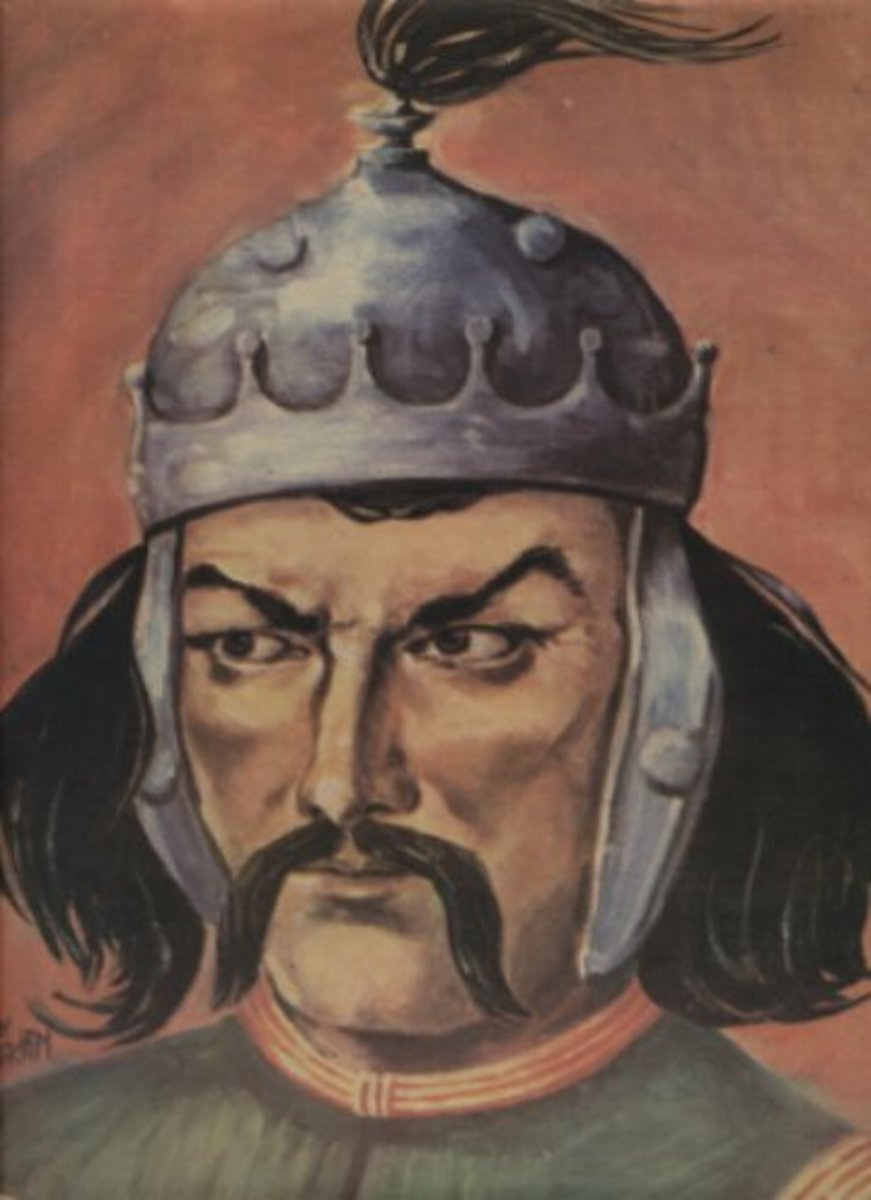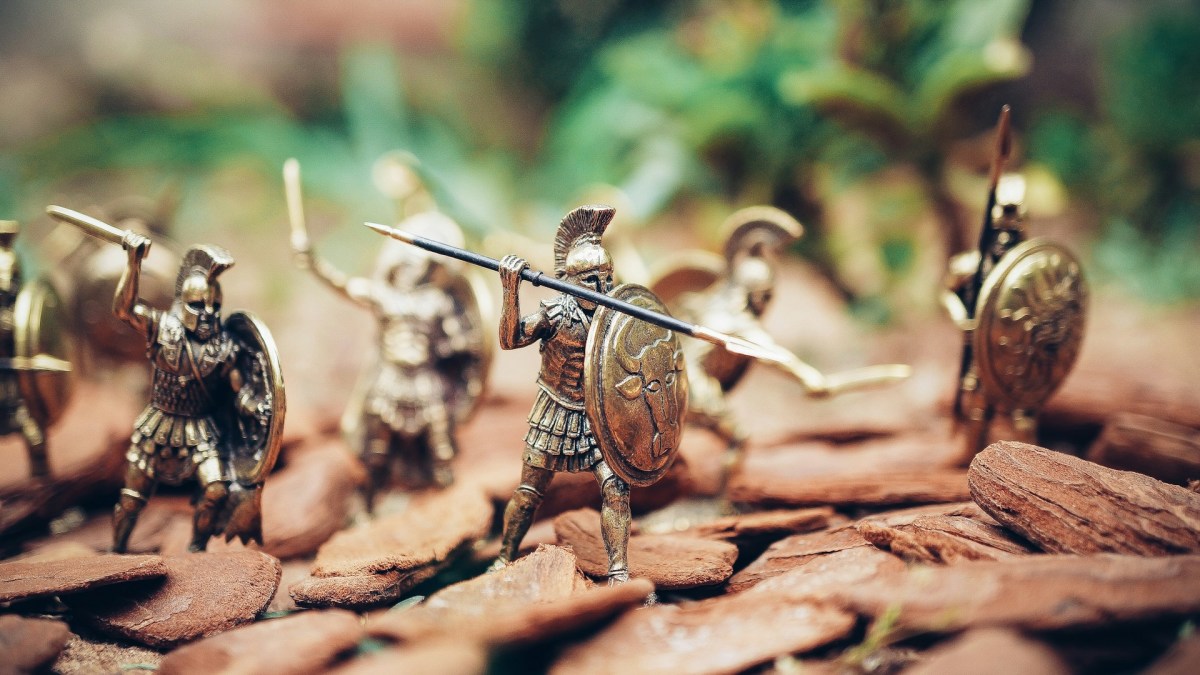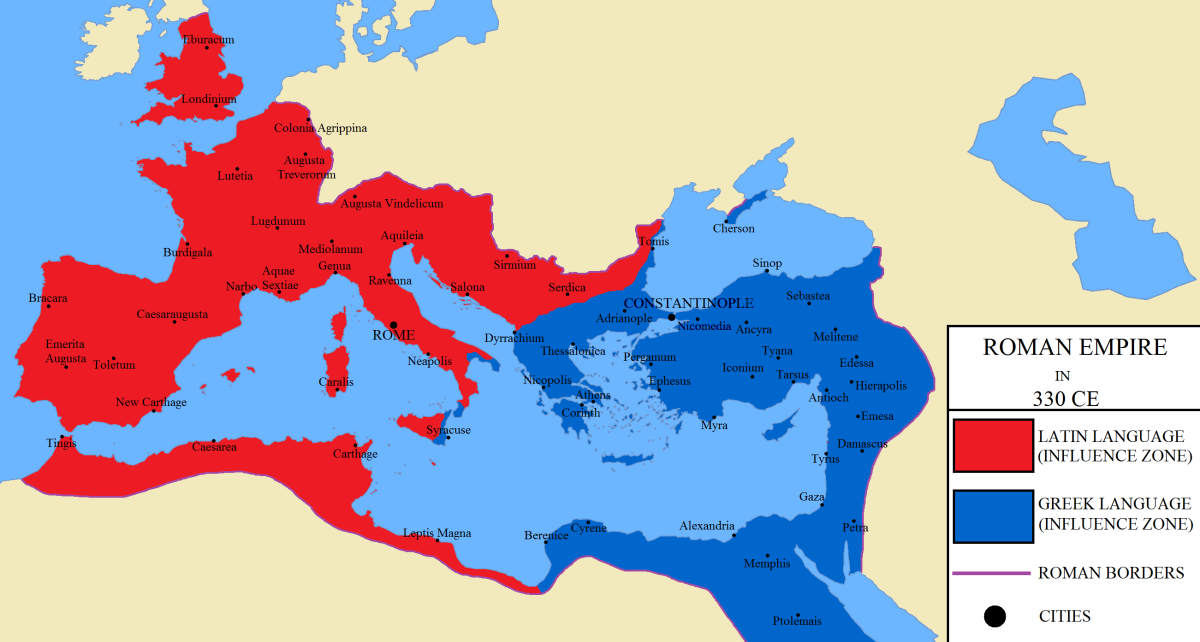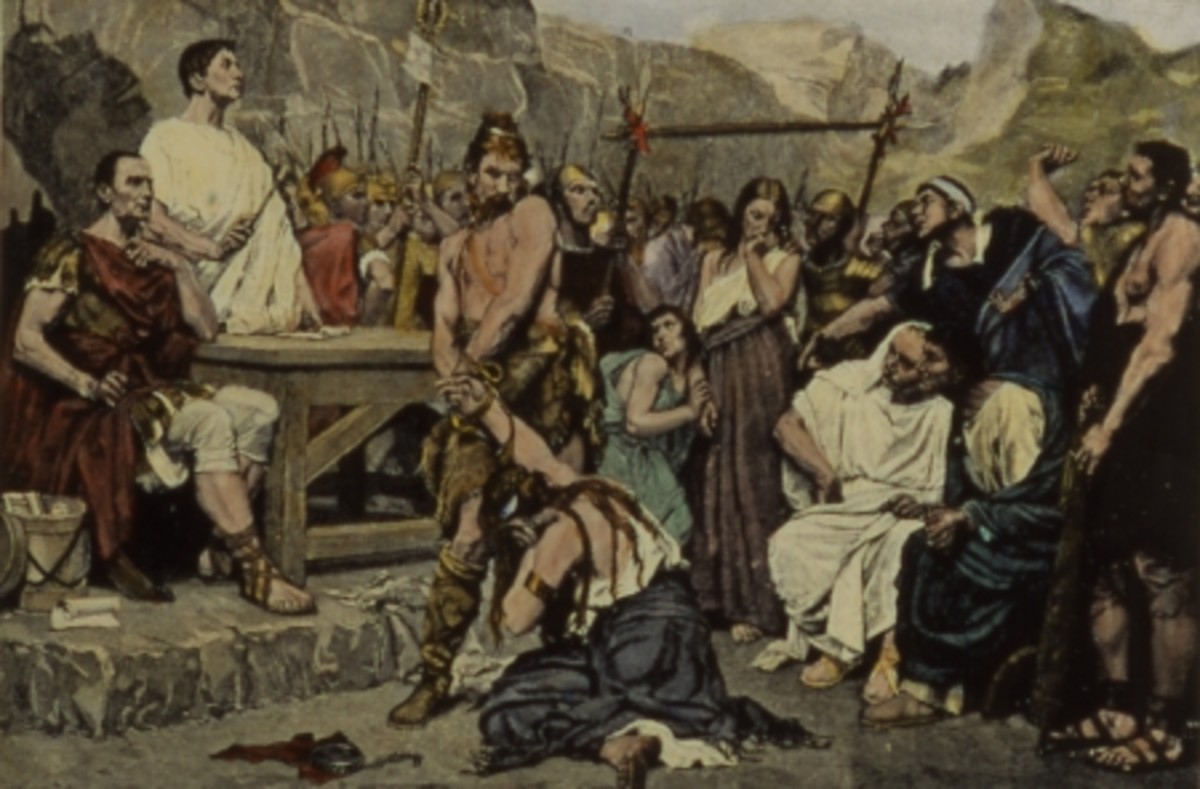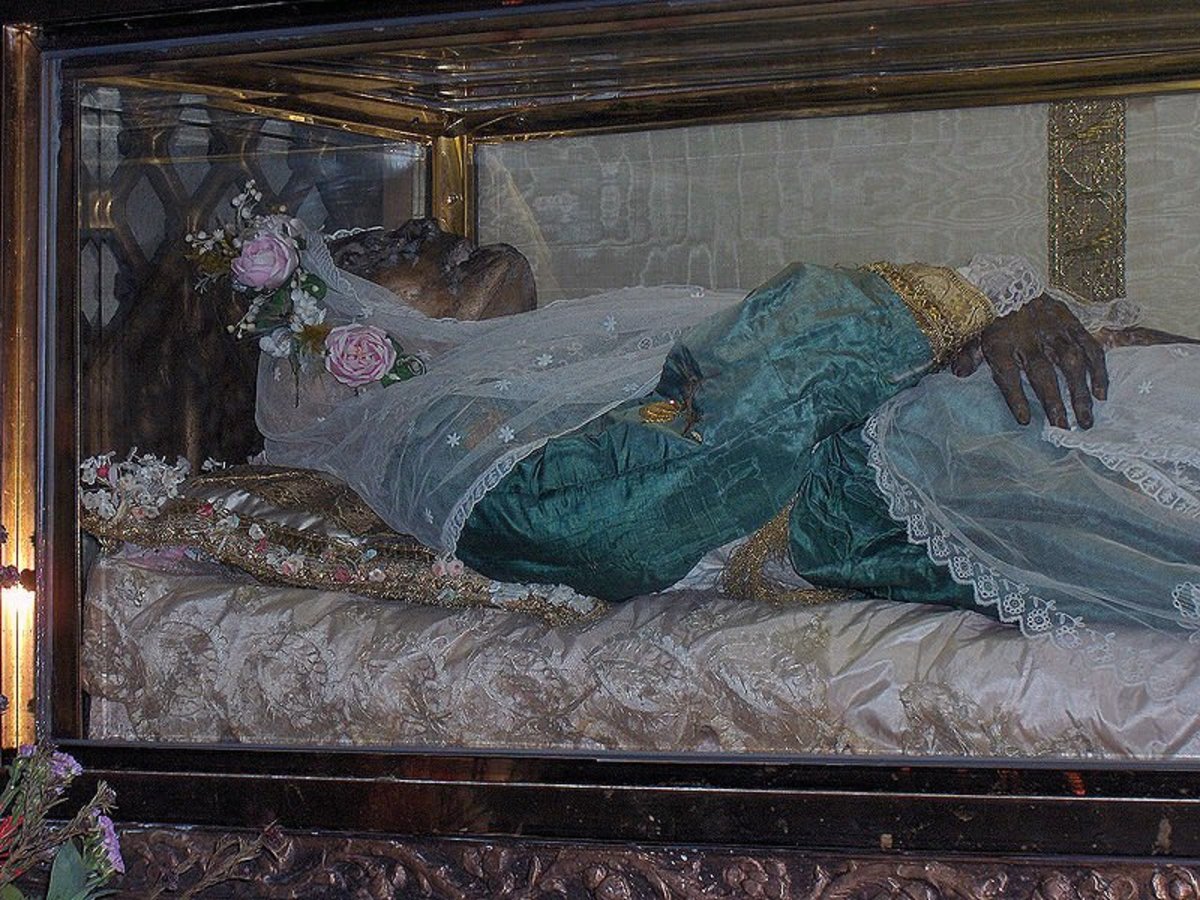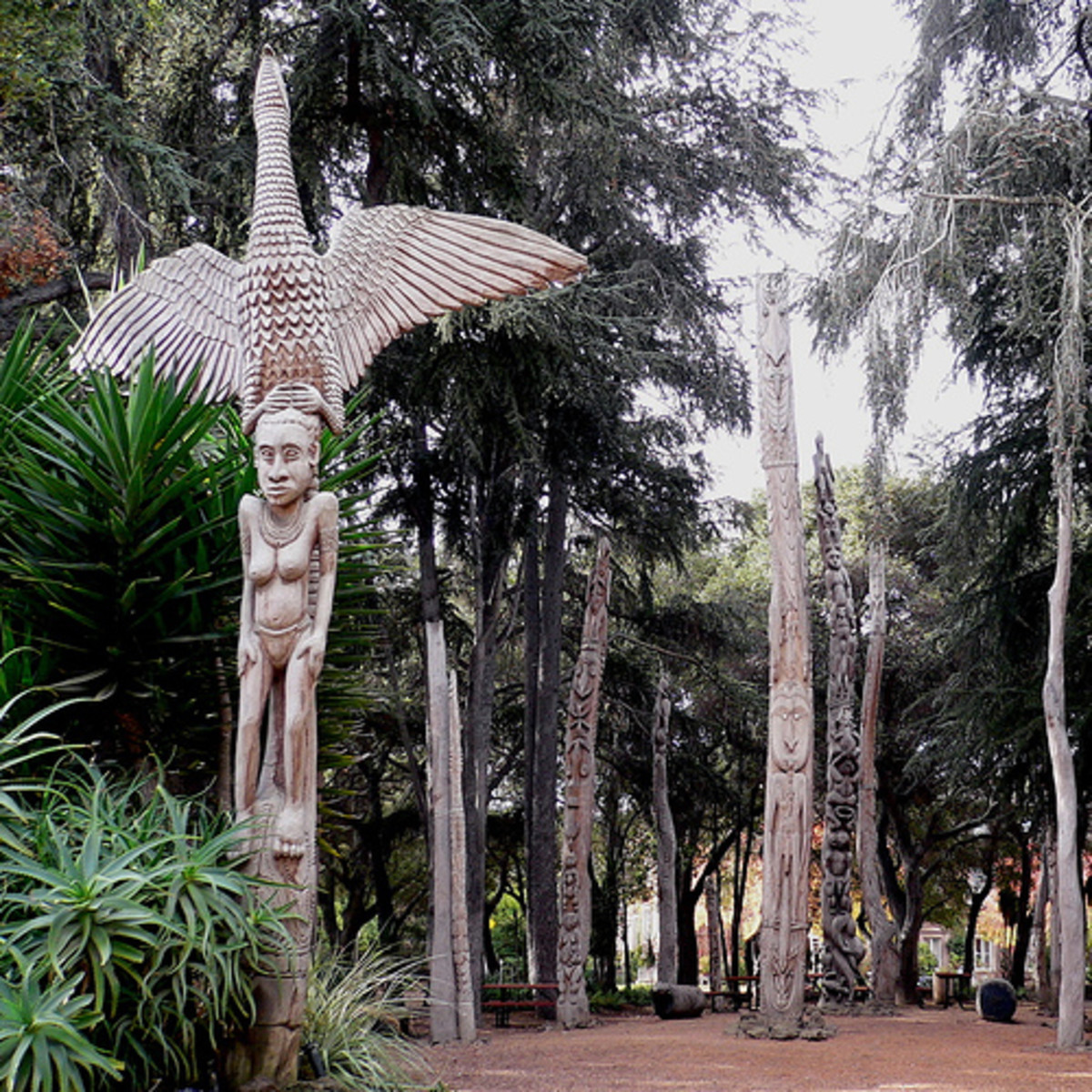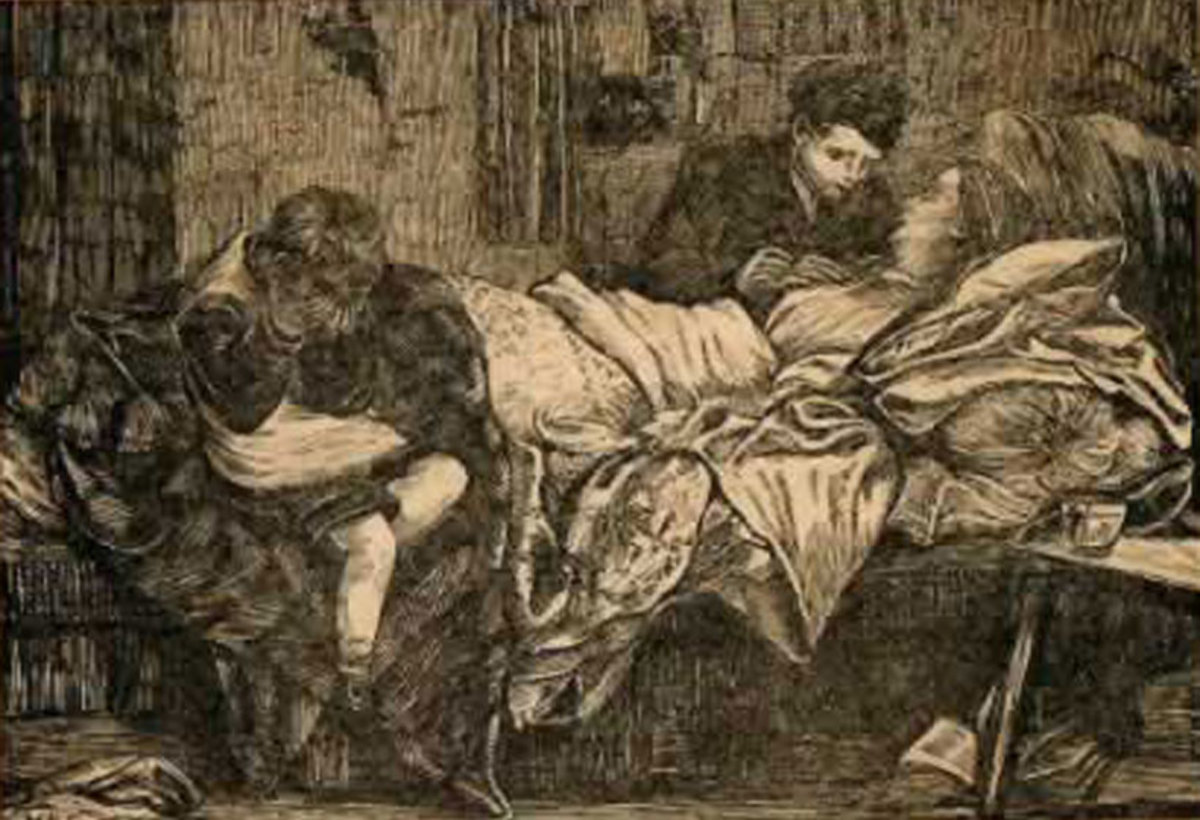The story of the Hunns
Attila and the Hunn
The Hunns:
Not much is known about the origins of the Hunn. They left no written record so we don’t know their language. Most of their possessions were stolen so it’s hard to analyze their culture. No one agrees where they initially came from. They were a mixed tribe and most likely came from the Eurasian area that includes China, Mongolia, Russia and Kazakhstan. The Hunn seem to have been Nomadic. The etymology of the name “Hunn” remains a mystery.
The first we hear of them is in the 1st Century AD when they appear to be cattlemen and hunters. But they start to feature prominently into history in the 3rd Century AD. This is when records of tribes of fierce riders on horseback pillaging small villages begin. These stories increase as the decades go on. There is speculation that the Great Wall of China was built to defend the Chinese against the Hunn’s barbarian invasion.
By 406, the Hunn were attacking the Roman Empire, or what was left of it. The weak and crumbling remnant of the once mighty Empire of Rome was so intimidated by the Hunn that they paid tribute to appease the fearsome barbarians. Everyone was terrified of the savage invaders. They were brutal warriors and master horsemen, who struck fast and hard. They were the ultimate cavalry troops.
Theodeus of Rome had arranged an annual tribute to the Hunn, part of which was young boys who would be hostages for the Hunn. However, they were trained to fight from the moment they joined the Hunn. One of those boys was Iesius, a lad of noble birth and high intelligence.
Theodeus offered and gave land to the Hunn, which would become their home. They called it Hungary. The Hunn would frequently fight both for and against the Romans. Sometimes they would attack and other times the Romans would hire the formidable warriors to help put down rebellions. It was a strange relationship, where they were both friend and foe.
Iesius becomes an important figure in the history of the Hunn. He grew up fighting alongside them and learning their methods and philosophy. Eventually, after his period as a reluctant guest of the Hunn expired he returned to Rome.
The Hunn were ruled by Rugala who led the Hunn in a westward sweep across Central Europe. When he died his brother Ablada took over. But not for long! In 443, Ablada was killed by his ambitious and ruthless cousin Attila!
Attila had charisma like a cult leader and he was respected as a warrior among the Hunn. He became their leader and intended to be the most feared leader ever. He started by casually killing the Roman envoys who came to parlay with them. He wanted to establish a Hunn government, with himself as absolute ruler. But first on his agenda was to be the man who destroyed the Roman Empire.
The Hunn started attacking Roman controlled cities in the Balkans. They ravaged the Balkan Peninsula and headed for Rome itself. They made several attacks on Italy and the areas around Rome. Some innocent tribes and villages got caught in the middle of the bloody feud.
A group called the Goths were so heavily raided by the Hunn that the Romans armed them, to use them as a front line buffer against the Hunn. The Goth would eventually grow in power to become a threat to Rome in their own rite.
Attila invented new, innovative war techniques and weapons, such as the battering ram and the catapult. Between attacks on Rome, Attila terrorized Europe as far east as the Black Sea.
The Hunn had devoured many cultures and controlled a huge part of Europe. Attila wanted Hungary to be a global power and control an Empire as large as Rome had at its height.
King Theodeus died and Roman General Marcius took over the fading Empire. Marcius denied the Hunn their annual tribute. Attila had expected this and so didn’t react with anger as Marcius wanted him to. He waited patiently, trying to seem sage to his followers.
Roman royal lady Honoria (The sister of Honorius, the Emperor of the western Roman Empire. Rome was divided by this point into two separate kingdoms) was being forced into marriage by her brother and so managed to get word out to Attila. She offered herself and a claim to the western throne of Rome, if Attila would rescue her from her fate.
Attila attacked Gaul to reach Honoria, with a force of 50,000 men behind him. He recruited some allies who also didn’t like the Romans, including the Ostrogoths. Pope Leo the 1st—not a fan of Rome--dubbed Attila “the Scourge of God” and told the enemies of the Hunn that they must repent their opposition or be damned for it.
Iesius was now an important General in the Roman Empire and convinced his superiors that he was the man to handle Attila. He knew how they fought and how they thought... He was given the leadership of the Roman legions and marched off with his troops to destroy the Hunn.
In 451, the Romans invaded Hungary. Iesius recruited smaller, rival barbarian hoards who hated Attila as allies. There were heavy casualties on both sides.
Later that year, in June, Iesius and his Romans battled the Hunn in France, in a very savage but confused battle. There were anywhere from 30-50 thousand men on each side. The Hunn were driven back, suffering high casualties.
The angry Attila took it out on Italy. He planned to burn and ravage Rome but the Pope convinced him not to destroy “God’s City”. Attila wanted the Pope’s support and so yielded to the Pope’s request. Attila put his plans to destroy Rome on hold until the Pope could be convinced to sanction it.
While the Hunn were taking some much-needed rest, they were ravished by a malaria epidemic. Attila himself died from a hemorrhage (possibly poison) and choked on his own blood.
After Attila died, his many sons got into a Civil War againt each other. This had the effect of breaking the Hunn into a half dozen separate groups, each fighting for territory in Hungary. The Romans still continued to pick off the Hunn, as did other old enemies who’d waited for the Hunn to be in such a weak position.
The Hunn lost Hungary and all their leaders were killed. They went on the run, either being killed or hiding amongst other cultures, where they were finally assimilated.
The Hunn faded away ingloriously.

